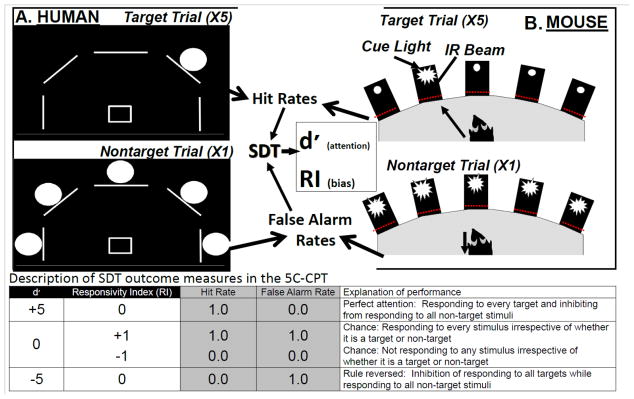Figure 1. Schematic of the human and mouse 5C-CPT.

In both the human and mouse 5C-CPTs, there are 5 stimuli locations. For humans, stimuli are presented in 1 of 5 locations arrayed in an arc on a computer screen, and subjects respond using a 5-way joystick (A). For mice, stimuli are presented in 1 of 5 holes located in an arc at the rear of a 5-hole operant chamber and responses are recorded by infrared beams in each hole (B). The task design is the same in both cases, whereby: 1) a single stimulus represents a target trial to which subjects must respond; and 2) all 5 stimuli being presented simultaneously represents a non-target trial to which the subject must inhibit from responding. Target trials generate measures of hits and misses (target responses and omissions), which are used to calculate a subjects’ hit rate, while non-target trials generate measures of correct rejections and false alarms, which are used to calculate a subjects’ false alarm rate. Using signal detection theory (SDT), the non-parametric measure of vigilance (d′) and bias (responsivity index (RI)) are generated. The table provides examples of what permutations of hit and false alarm rates result in various d′ and RI levels and its interpretation.
